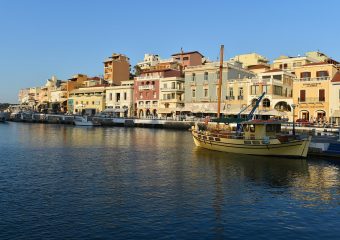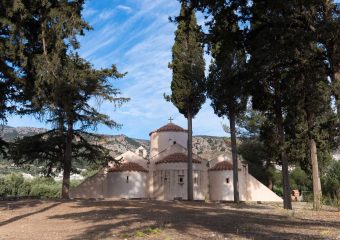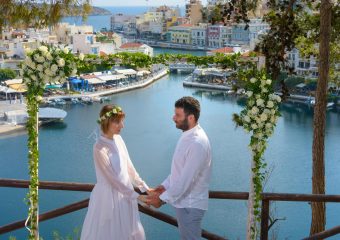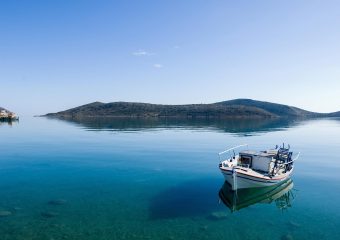Ιnland
The coastal zone of the municipality of Agios Nikolaos is surely stunning, but the inland is equally impressive, with its natural beauty and grandeur of the Cretan tradition. Picturesque villages, merely few minutes away from Agios Nikolaos, promise visitors an unforgettable trip through the history of Mirabello.
Inland in figures
The inland of Agios Nikolaos includes more than 70 villages and settlements with strong traditional elements
Favourite
Ano Mirabello
Kato Mirabello
Kritsa
Α place with particular folklore and archaeological interest, but also a rich historical past
View MoreExo & Mesa Lakonia
A complex of small villages, divided into two larger settlements, Mesa Lakonia and Exo Lakonia
View MoreCulture
Ancient Lato
Lato is one of the most important city-states of Dorians in Crete, and is considered the most well-preserved city of the classical Hellenistic period. Built between two hills, in a strategic location, offers defensive coverage to the entire city. It is rumored that its name derived from Leto (Doric type of Lato), who was the mother of Apollo and Artemis. The most important goddess of the city was Eileithyia, who was also depicted in the city’s currency. The city was destroyed around 200 BC.
Opening hours: 08.00 – 15.00, except Monday
Culture
Ancient Driros
Ancient Driros was an important city of Crete, and is built on Mount Kadistos, northeastern of current Neapoli. It was established in the 12th century BC, and flourished from the Geometric/Archaic eras until the Hellenistic years. The local archaeological site includes two acropolises and an agora from the Archaic era. Delfinio, the most ancient temple of the Geometric era, dedicated to Apollo, is located there, as well. The city was destroyed during the civil war that started on 220 BC.
Activities
Agios Nikolaos offers a rich selection of outdoor activities throughout the year. Find what’s the next event during your stay.
Hiking
View MoreCycling
View MoreClimbing
View MoreReligious Monuments
Panagia Kera
To the south and about 500 meters from the village of Kritsa we stumble upon the three-aisled, domed church of Panagia Kera, which is one of the most important monuments of Crete. The central aisle, dedicated to the Assumption of the Virgin Mary, was probably constructed during the Middle Byzantine period. In the middle of the 13th century, the central aisle was frescoed. The church, in the early 14th century, underwent extensive renovation. During the first decades of the 14th century, the frescoes of the central aisle were renovated, and the two lateral aisles (the northern dedicated to Agios Antonios and the southern to Agia Anna) were then constructed and frescoed. The rich iconography and different styles make the church of Panagia Kera in Kritsa the most important monument in the region. Particular mention should be made to the depiction of Saint Francis of Assisi in the central aisle of the church, as well as to the scenes from the occult gospels on the aisle of Agia Anna.
Areti Monastery
The monastery was founded in the late 16th century and, despite its destruction by the Turks during the Greek Revolution of 1821, it continued its operation, and in the late 19th century parts of its buildings were renovated. In 1955-1956, the monastery was re-established, and in the 1990s it was restored in its entirety. The central courtyard houses the large katholikon dedicated to the Holy Trinity and renovated in 1880-81, and the chapel of Agios Lazaros, which was probably a funerary structure.
Kardamoutsa Monastery
This Monastery is dedicated to Timios Stavros (Holy Cross), was founded at the end of the 16th century and flourished during the 17th century. Its katholikon dates back to 1580, is located in the center of the Monastery, and is a simple, vaulted single-aisled church. The remaining buildings of the Monastery are built around the katholikon and were restored after its reconstruction.
The various buildings, ground floor or two-storey, are of simple form, made with local dark limestone. Particular care has been given to the decoration of the katholikon, which bears an intricate small opening in the church’s sanctuary, with embossed rosettes and decorative panels in the shape of a cross on its eastern side.






